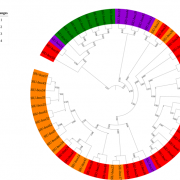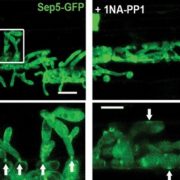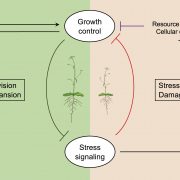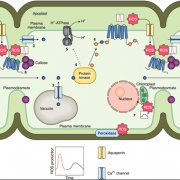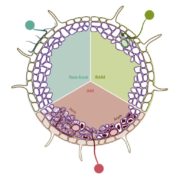A smut fungus of Brassicaceae plants uses conserved and unique strategies to manipulate perennial hosts ($) New Phytol.
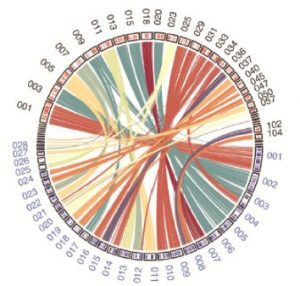 Biotrophic phytopathogens manipulate living hosts for the procurement of nutrients essential for growth and reproduction. It is therefore critical for invading biotrophs to evade or suppress immune responses without impacting overall plant function. In a recent study published in New Phytologist (2019), Courville et al. resolve the genomic and transcriptomic signatures of the smut fungus Thecaphora thlaspeos, which forms long-lasting biotrophic infections with annual and perennial Brassicaceaen hosts. The authors identify a diverse catalog of novel and conserved fungal effectors that mediate biotrophic interactions with plants. The activity of three T. thlaspeos effectors were explored in planta, including a functionally conserved Pep1 protein that partially complemented the virulence defect of a Δpep1 mutant in the corn smut fungus Ustilago maydis. Further, the authors identified a role for the novel TtTue1 effector in suppressing plant immunity, as demonstrated by the enhanced susceptibility of TtTue1-overexpressing Arabidopsis plants to the bacterial pathogen Pseudomonas syringae. Collectively, this work begins to clarify the diversity of effector proteins and virulence strategies used by smut fungi to manipulate the tissues and cells of their living host plants. (Summary by Phil Carella) New Phytol. 10.1111/nph.15692
Biotrophic phytopathogens manipulate living hosts for the procurement of nutrients essential for growth and reproduction. It is therefore critical for invading biotrophs to evade or suppress immune responses without impacting overall plant function. In a recent study published in New Phytologist (2019), Courville et al. resolve the genomic and transcriptomic signatures of the smut fungus Thecaphora thlaspeos, which forms long-lasting biotrophic infections with annual and perennial Brassicaceaen hosts. The authors identify a diverse catalog of novel and conserved fungal effectors that mediate biotrophic interactions with plants. The activity of three T. thlaspeos effectors were explored in planta, including a functionally conserved Pep1 protein that partially complemented the virulence defect of a Δpep1 mutant in the corn smut fungus Ustilago maydis. Further, the authors identified a role for the novel TtTue1 effector in suppressing plant immunity, as demonstrated by the enhanced susceptibility of TtTue1-overexpressing Arabidopsis plants to the bacterial pathogen Pseudomonas syringae. Collectively, this work begins to clarify the diversity of effector proteins and virulence strategies used by smut fungi to manipulate the tissues and cells of their living host plants. (Summary by Phil Carella) New Phytol. 10.1111/nph.15692


